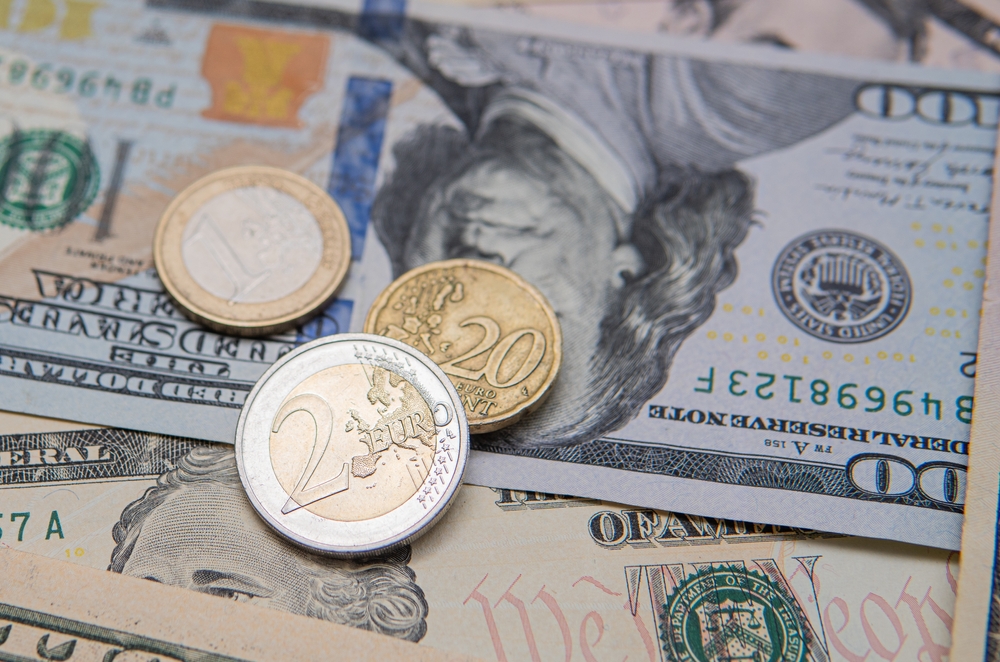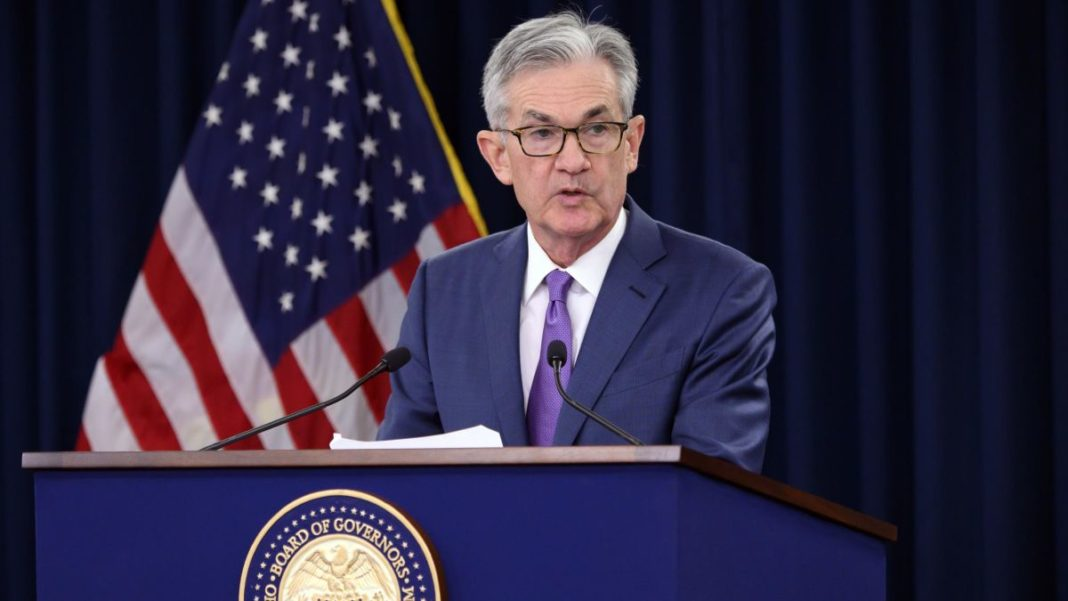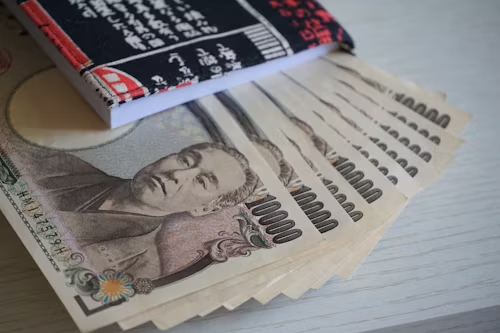In a move that surprised no one on Wall Street, the Federal Reserve slashed interest rates by another quarter point Wednesday, bringing its benchmark rate down to 3.75-4.00%, the lowest level since 2022, marking the second cut this year as the central bank attempts to cushion a weakening economy and increasingly fragile labour market. But the real story is found in Fed Chair Jerome Powell's press conference, where he threw cold water on hopes for a December rate cut, declaring it's "not a foregone conclusion", language that signals the Fed is approaching a policy inflection point where further easing becomes politically and economically treacherous. The 10-2 vote reveals cracks in the committee's consensus, and based on current economic trajectories, the Fed will likely pause rate cuts entirely by year-end, adopting a "wait-and-see" posture through at least the first quarter of 2026, leaving rates elevated longer than markets wanted, disappointing both consumers hoping for meaningful relief on mortgages and credit cards and investors betting on aggressive monetary easing.
EQUITY
Tech-laden indexes gained the most, with Nvidia becoming the first company to reach a $5 trillion market cap, while broader indexes ended flat. After the bell, tech giants' earnings came in mixed, with Alphabet jumping 5% while Meta fell over 8% on a $16 billion one-time charge, and Microsoft dipped 1% with a lawsuit initiated by the Australian competition watchdog. Industrial bellwether Caterpillar topped the chart with 11.6% after beating profit estimates.
GOLD
Gold prices are recovering from a four-day losing streak as optimism over a U.S.-China trade deal eased safe-haven demand, though the Federal Reserve's cautious stance on future rate cuts limited gains. Analysts remain bullish on continued economic uncertainty, a weakening dollar, and the threat of stagflation as key supports for gold’s long-term appeal.
OIL
Brent crude oil fell on pessimistic Trump-Xi trade talks in South Korea, which excluded energy issues considering the U.S.'s heavy sanctions on Russian oil and Trump's push for Beijing to reduce Russian imports. A surprise 6.86 million barrel drawdown in U.S. crude inventories and a Fed rate cut that boosted risk appetite supported price, but oil remains on track for a third consecutive monthly decline.
CURRENCY
The dollar climbed to a two-week high after Fed Chair Jerome Powell retracted hope for a December cut, overriding the Fed’s quantitative tightening pause. Trade optimism, including a South Korean shipbuilding deal and U.S.-China tariff concessions, boosted dollar demand even with the government shutdown continuing. The yen weakened to an eight-month low as the Bank of Japan maintained its ultra-dovish stance.














